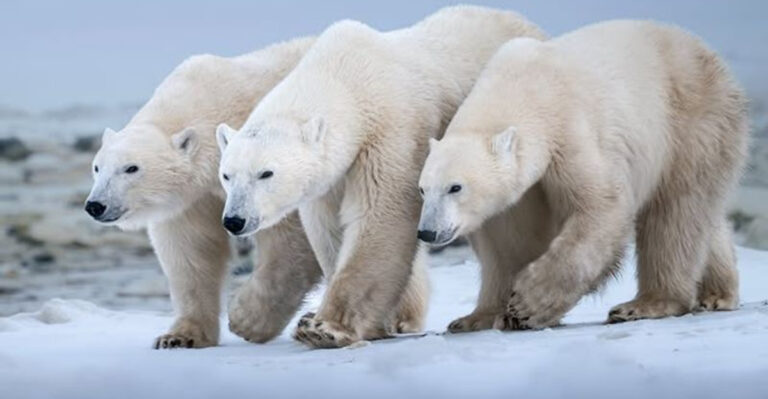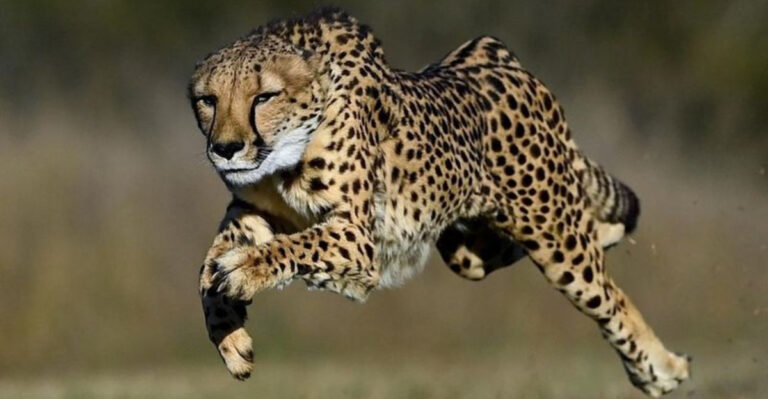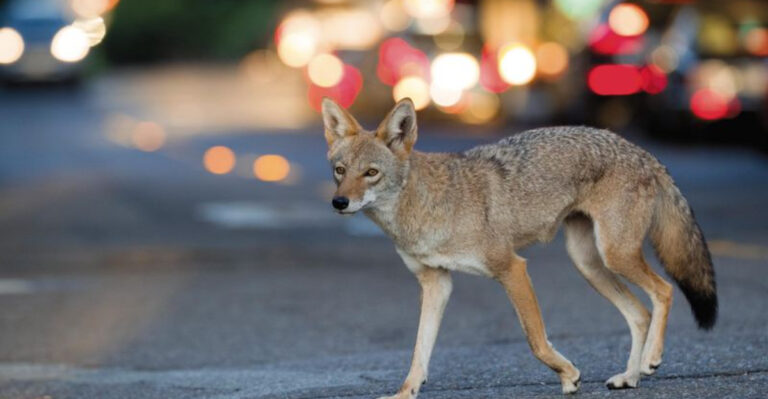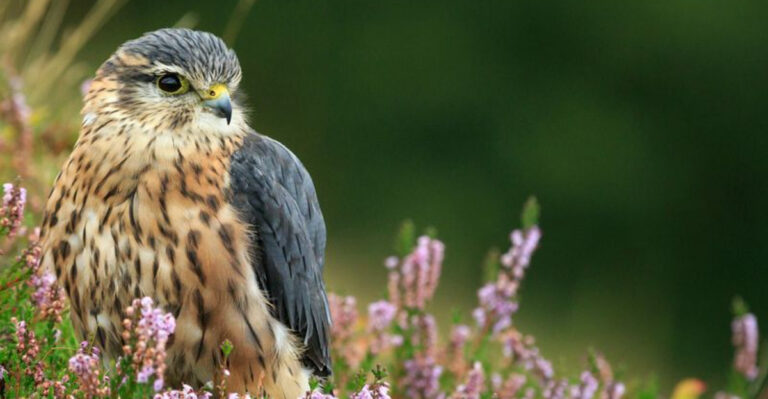Why Coyotes Adapt Much Faster Than Any Other Predator
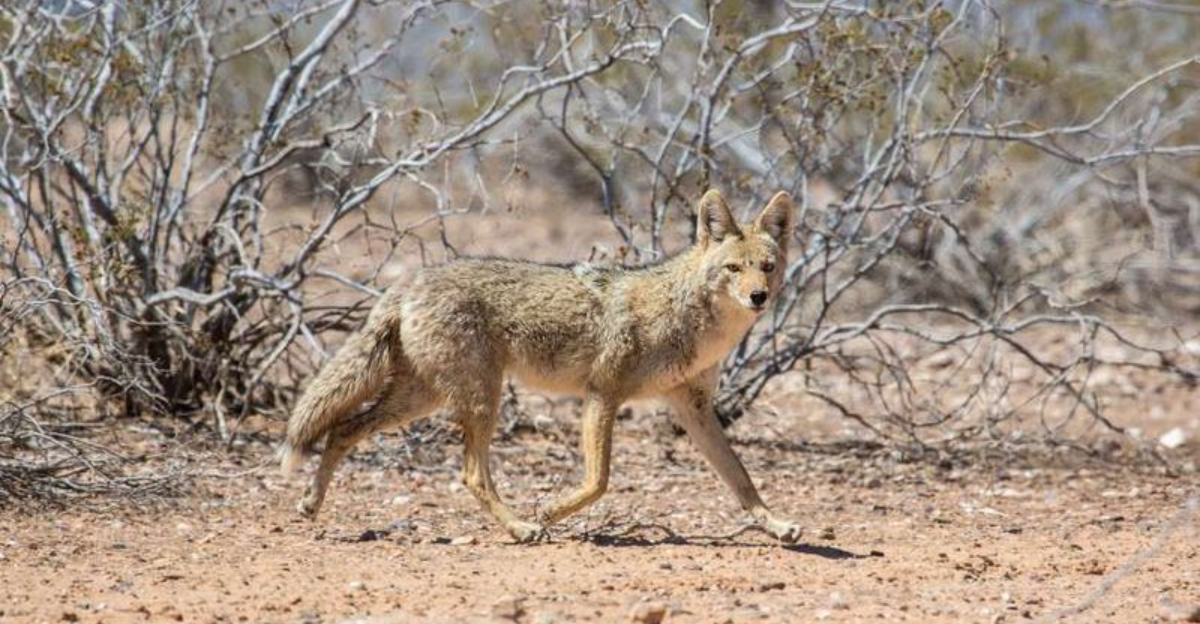
Coyotes are remarkable survivors in a constantly changing world. These cunning canines have expanded their range throughout North America despite human efforts to control them.
Their extraordinary ability to adapt faster than other predators has allowed them to thrive where many species struggle. Let’s explore what makes coyotes nature’s ultimate adaptation specialists.
1. Coyotes Are Highly Intelligent

Scientists rank coyote intelligence close to wolves and domestic dogs. These clever canids remember complex solutions to problems for years after first encountering them.
They quickly figure out hunting strategies specific to different prey animals and can even understand the mechanics of human traps to avoid them. This brainpower lets them rapidly adjust to new challenges.
2. Flexible Diet: Opportunistic Feeders
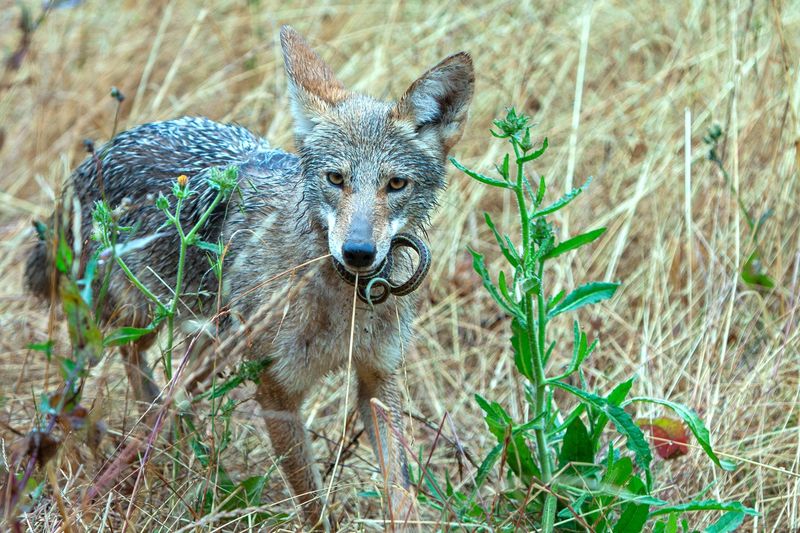
Unlike specialized predators, coyotes happily munch on practically anything edible. From mice and rabbits to berries, insects, and even garbage – nothing is off the menu!
This dining flexibility means they never go hungry long. When rabbit populations crash, they simply switch to eating more fruits or raiding urban trash cans. Their adaptable stomachs process this varied diet efficiently.
3. Social Structure Flexibility
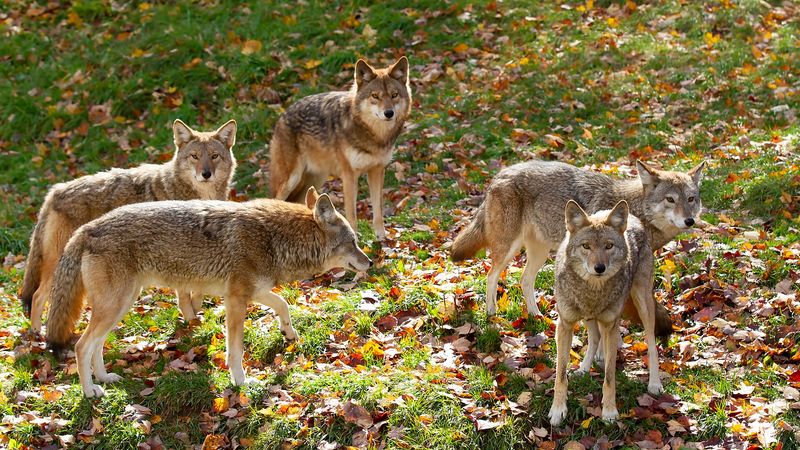
Most wild animals have rigid social systems, but not coyotes! They shape-shift between lifestyles as needed. In prey-rich areas with few competitors, they might live alone or in pairs.
When facing larger predators or hunting bigger game, they form cooperative family packs. This social adaptability lets them thrive in situations that would stump other predators with fixed social structures.
4. Ability To Thrive In Urban Environments

While most predators retreat from human development, coyotes boldly move in! They navigate city streets after dark, finding hidden travel corridors along railways and drainage systems.
Urban coyotes learn traffic patterns and avoid humans while exploiting abundant food resources. Some city coyotes even raise pups in abandoned lots or golf courses, completely unnoticed by the thousands of people living nearby.
5. Efficient Reproductive Strategies
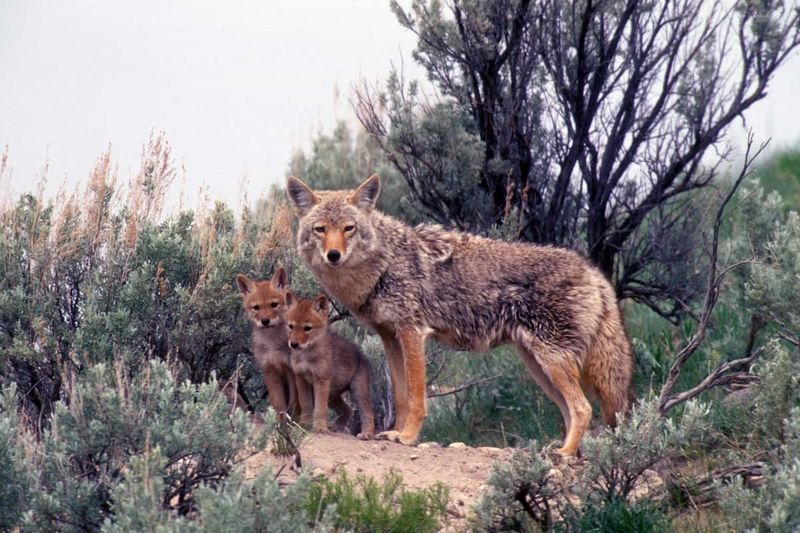
Female coyotes possess a remarkable biological superpower – they adjust their litter sizes based on available resources! In areas with abundant food and low competition, they might have 6-8 pups.
When times get tough, they naturally reduce litter sizes. Even more impressive, when coyote populations face heavy hunting pressure, they respond by breeding at younger ages and having larger litters. Nature’s perfect population rebound mechanism!
6. Wide Range Of Habitat Tolerance

From scorching deserts to frozen tundra, coyotes make themselves at home virtually anywhere. Their tolerance for extreme temperatures and varied landscapes surpasses most other predators.
Mountain forests? Perfect. Grasslands? They love it. Coastal marshes? No problem. This habitat flexibility explains why coyotes now inhabit nearly every ecosystem in North America, while many specialized predators face shrinking ranges.
7. Quick Learners And Shy Nature
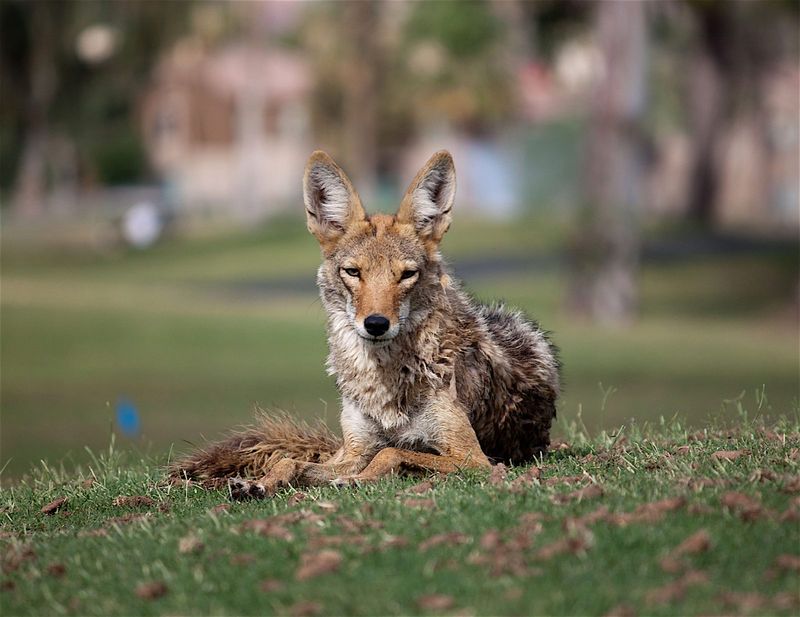
Ever wonder why coyotes seem almost ghostlike? Their natural wariness is actually a sophisticated survival strategy. One negative experience teaches them permanent lessons about potential dangers.
Surviving coyotes pass this knowledge to their offspring. This learning ability combines with their naturally cautious personality to create predators that can live alongside humans without being seen, giving them access to resources other animals can’t safely reach.
8. Strong Territorial Instincts

Coyotes map their world through scent, sound, and memory. Their territories range from 2-30 square miles, precisely tailored to available resources and competition levels.
Through howling and scent marking, they establish clear boundaries that reduce conflict. This territorial flexibility allows them to compress their range in rich environments or expand when resources are scarce – a dynamic system few other predators can match.
9. Physical Resilience And Stamina
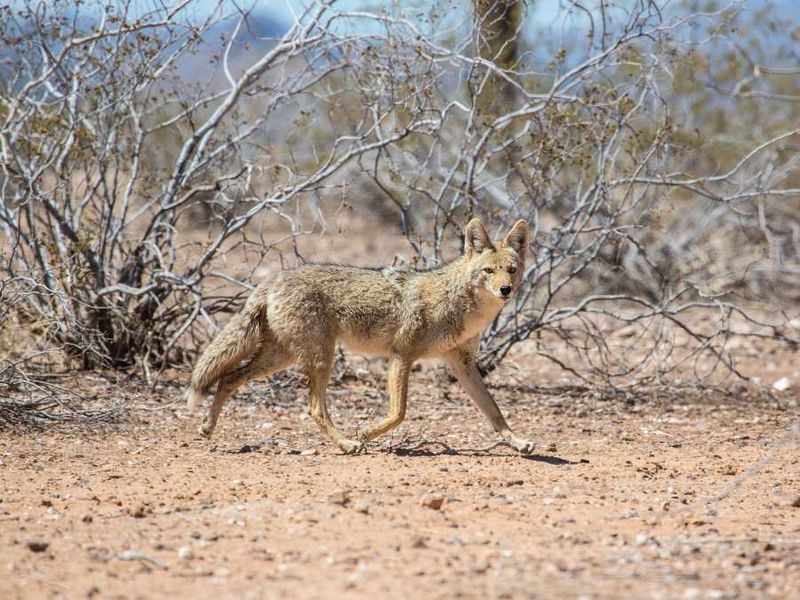
Built for endurance rather than speed, coyotes trot tirelessly for miles each night. Their efficient gait conserves energy while covering vast distances in search of food.
Their medium size hits the sweet spot – large enough to take down decent-sized prey but small enough to survive on minimal calories when necessary. This physical versatility lets them thrive through seasonal changes and food shortages that would devastate specialized hunters.
10. Changing Mating And Hunting Tactics
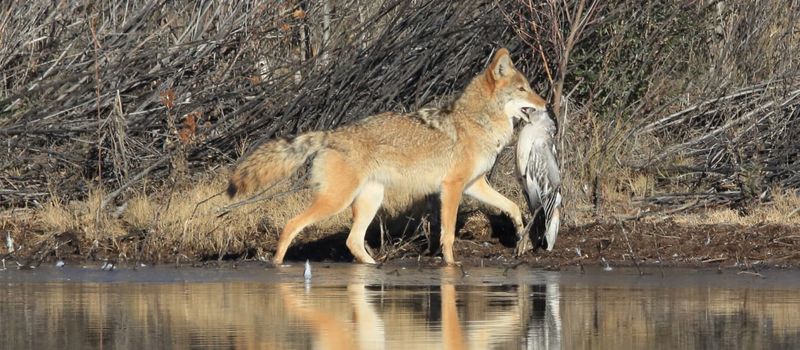
Coyotes constantly reinvent their approach to survival. During winter, they might hunt in family groups to tackle larger prey like deer. Come spring, they split into pairs to raise pups.
Their hunting techniques shift seasonally too – from patient stalking of ground squirrels to ambush tactics for rabbits. This tactical flexibility extends to mating, where they adjust pair bonds and breeding timing based on environmental conditions and competition.

